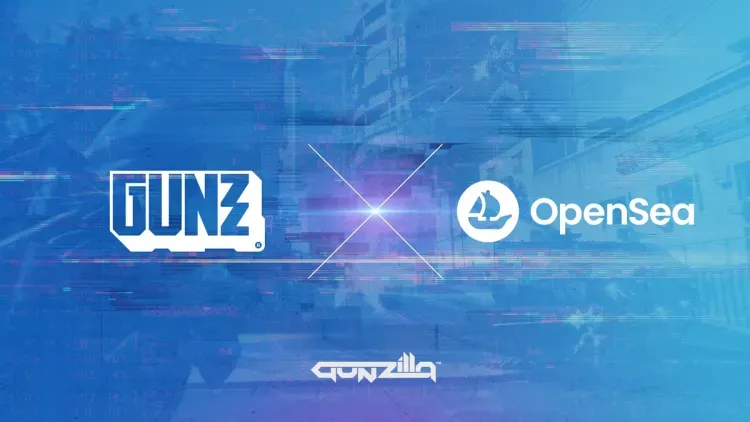The Ethereum NFT marketplace continues to face mounting challenges, with trading volumes falling sharply over the past three months. While OpenSea has seen a notable increase in its share of marketplace volume, this shift appears to be more reflective of a relative decline in competitor performance rather than a sign of overall market recovery. Both OpenSea and Blur, the two largest platforms in the space, have experienced substantial drops in activity, underscoring the broader issues affecting the web3 ecosystem.

OpenSea Gains Market Share as Blur Declines
OpenSea vs Blur
At the start of 2022, OpenSea held a dominant position in the Ethereum NFT market, accounting for around 97% of total trading volume. This dominance eroded over the following two years as competitors, particularly Blur, gained traction. By the summer of 2024, OpenSea’s share had fallen significantly, reaching a low of approximately 13%.
In the months that followed, OpenSea’s market share began to climb once again, reaching over 51% as of early 2025. However, the increase in market share does not necessarily reflect a resurgence in platform activity or user engagement. Instead, the shift appears to result largely from Blur’s decline in trading volume, which has impacted the overall distribution of activity across platforms.

Share of Ethereum NFT Marketplace Volume from The Block
Blur’s Volume Decline Drives OpenSea’s Relative Gain
Blur, which had grown rapidly in popularity through 2023 and into 2024, saw its highest trading volume in December 2024. Since then, the platform has experienced a consistent downturn, with monthly NFT volume declining by an average of 55%. In comparison, OpenSea also saw a 48% drop in volume from December to January, but it rebounded with a 20% increase in February. The increase was likely influenced by the announcement of OpenSea’s SEA token, which may have briefly renewed interest and activity on the platform.
Despite these short-term shifts, both platforms experienced similar month-over-month volume declines in March 2025. OpenSea recorded a 67% drop in volume, while Blur saw a 62% decrease. These figures illustrate the widespread nature of the downturn, with no single platform escaping the broader market contraction.
Broader NFT Market Trends Reflect Industry Decline
The recent data highlights a critical trend: the Ethereum NFT market is undergoing a significant decline across the board. The rise in OpenSea’s market share should be viewed in the context of this overall downturn. While the platform now commands a greater percentage of the remaining trading activity, the absolute value of that activity has dropped substantially.
This trend signals that neither OpenSea nor Blur is outperforming in a growing market; rather, both are navigating a shrinking environment where relative performance is shaped more by losses than gains. The increase in OpenSea’s share of the market does not indicate a strong recovery but instead emphasizes Blur’s sharper fall during this period of sector-wide difficulty.

Blur NFT Marketplace
NFT Volumes Continue to Drop
The current state of Ethereum NFT marketplaces suggests continued challenges for platforms operating in the space. Declining volumes, fluctuating engagement, and increased competition continue to define the environment. Although OpenSea’s market share has improved in recent months, the underlying data points to persistent weaknesses in the overall NFT market.
As web3 adoption and NFT utility continue to evolve, marketplace platforms may need to adapt their strategies to maintain relevance. Until broader conditions in the digital asset space stabilize or improve, short-term shifts in market share are likely to reflect relative declines rather than sustained growth.


